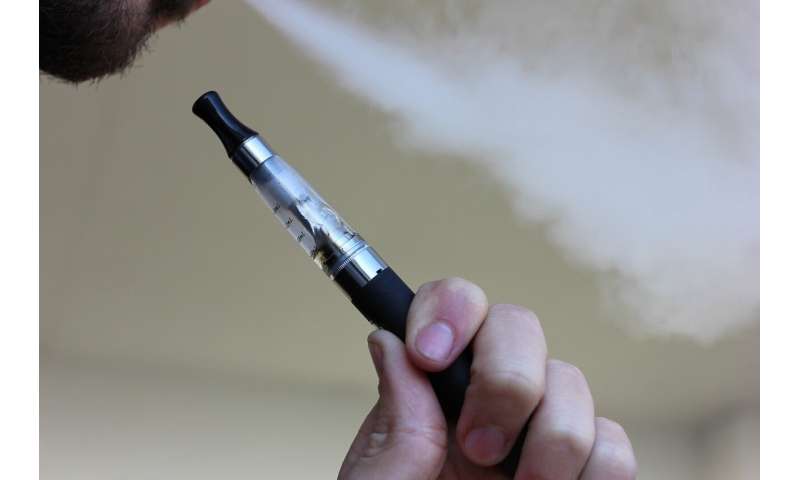
In response to the pressing public health issue of vaping, clinicians of all disciplines are being asked to address this issue with youth, families and community members, despite minimal youth-focused screening or treatment guidelines. Physicians from Boston Medical Center and the University of Montreal have developed a set of recommendations that provide important insights about how clinicians can best screen, counsel and treat youth for vaping. Published in the Journal of Adolescent Health, the recommendations were created based on existing resources for nicotine dependence. Well-studied models used for screening youth for tobacco, including tools such as Screening to Brief Intervention (S2BI) and the Brief Screener for Tobacco, Alcohol, and other Drugs (BSTAD) can be adapted to inquire about e-cigarettes and other vaping products.
Given the quickly-evolving vaping products, the guidelines emphasize the importance of providers speaking with their patients using youth-friendly terminology when asking them about vaping (using terms like pods, mods, vapes and vape pens—and not simply “e-cigarettes”). It is also important to ask about the products that youth are using (brands like JUUL are known to contain a high concentration of nicotine), where they were purchased (illicit products have a higher risk of associated health risks), and what substances are in the product (nicotine, tetrahydrocannabinol [THC], and/or flavoring). This is especially important given a new harm attributed to vaping, seizures, which is described in the same issue of the Journal of Adolescent Health.
“Staying informed on recent developments, asking the right questions, and offering effective intervention to youth who vape is suggested for all clinicians to help mitigate the impacts of the vaping crisis,” said Scott Hadland, MD, MPH, MS, a pediatrician and addiction specialist at Boston Medical Center’s Grayken Center for Addiction who is the paper’s corresponding author. He is also an assistant professor of pediatrics at Boston University School of Medicine.
The context of vaping, intensity and frequency of use is important to fully understand the extent of health risks and to address treatment options for those that are experiencing cravings and withdrawal. More serious symptoms such as loss of control, social impairment, unsafe use, or physiological dependence are associated with a diagnosis of a moderate or severe substance use disorder (SUD). Earlier identification and treatment is important, as severe SUD may be more difficult to treat and require multiple approaches and interventions.
The commentary highlights a five-step algorithm that is suggested for counselling youth on their substance use. Clinicians should be routinely asking all youth if they vape, advise them to quit, assess their motivations and readiness to quit, assist their cessation effort, and arrange for ongoing follow-up.
“The greater the number of attempts to quit, the higher the chances of success,” said Nicholas Chadi, MD, MPH, an adolescent medicine expert at the University of Montreal and contributing author to the commentary. “Regular and ongoing follow-up is important for identifying relapse, providing positive reinforcement and revisiting the treatment plan.”
Source: Read Full Article
